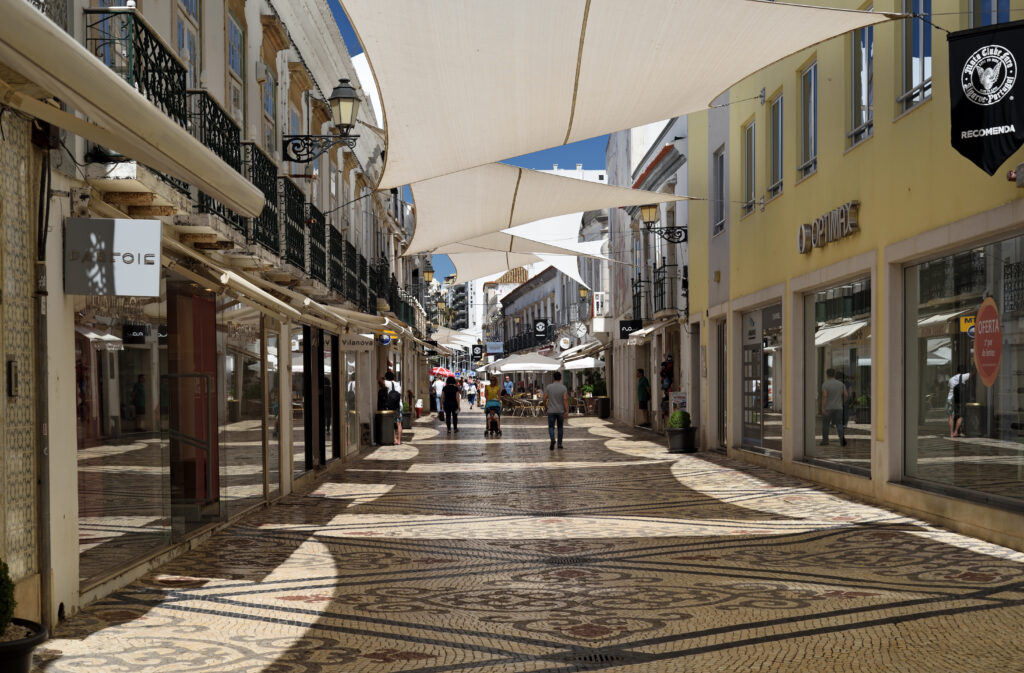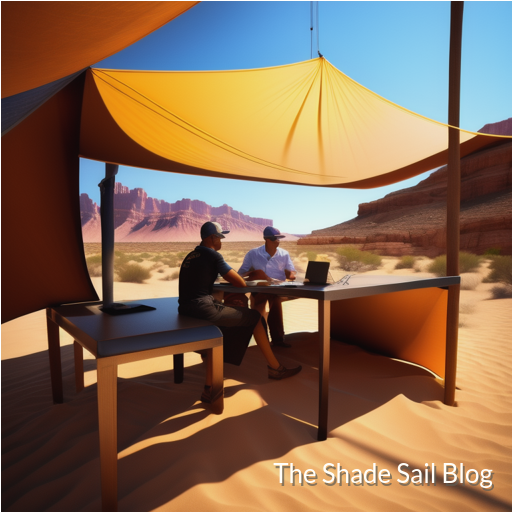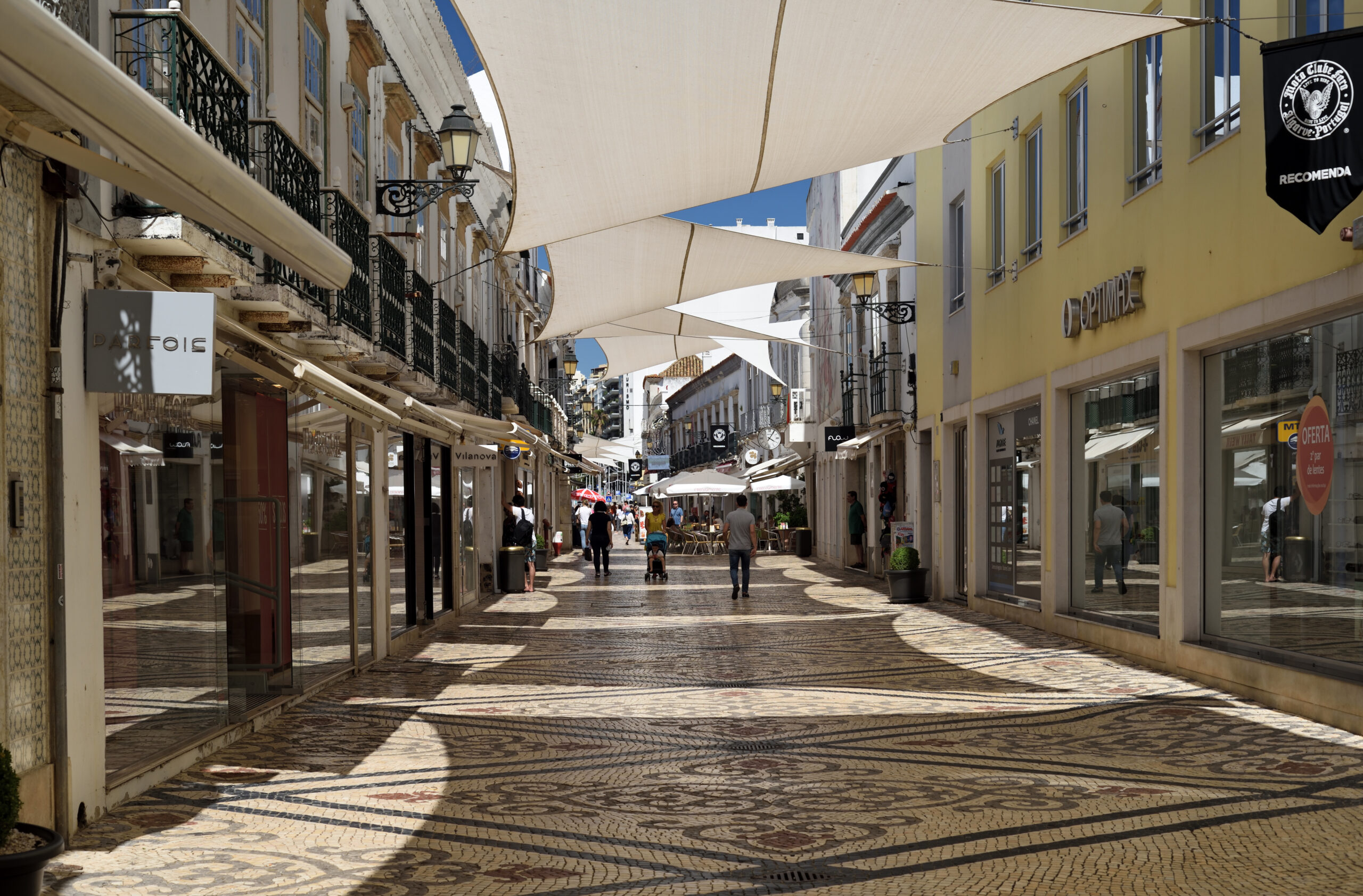
Shade sails have become increasingly popular in both industrial and domestic architecture due to their functional and aesthetic qualities. These versatile structures not only provide protection from the sun’s harmful rays but also add a unique visual element to the overall design. This article aims to explore the aesthetics of shade sails in both industrial and domestic settings, highlighting their impact on architectural aesthetics and their ability to enhance the overall appeal of a space.
- Integration with Architectural Styles: Shade sails have the ability to seamlessly integrate with various architectural styles, whether it be modern, contemporary, or traditional. Their clean lines and minimalist design make them a perfect addition to industrial buildings, where they can complement the sleek and angular forms of the structures. In domestic architecture, shade sails can be used to enhance the overall aesthetic appeal of outdoor spaces such as patios, gardens, and pool areas.
- Visual Impact: The unique geometric shapes and patterns created by shade sails can significantly enhance the visual impact of a building or outdoor space. The interplay of light and shadow created by the tensioned fabric adds depth and dimension to the architecture, creating an eye-catching focal point. The vibrant colors and patterns available in shade sail fabrics allow for customization, enabling architects and homeowners to create a visually stunning environment.
- Functionality as Design Elements: Shade sails not only provide shade but also serve as design elements themselves. Their dynamic and sculptural forms can be strategically positioned to create interesting visual compositions. By incorporating multiple shade sails at different heights and angles, architects can create a visually engaging environment that adds depth and movement to the overall design.
- Flexibility in Design: One of the key advantages of shade sails is their flexibility in design. They can be customized to fit any shape or size, allowing architects and homeowners to adapt them to the specific needs of a space. This flexibility enables the creation of unique and innovative designs that are tailored to the architectural context, enhancing the overall aesthetics of the building or outdoor area.
- Integration with Surrounding Landscape: Shade sails have the ability to seamlessly blend with the surrounding landscape, enhancing the overall aesthetic appeal of the environment. Whether it is a green space, a courtyard, or an industrial complex, shade sails can be designed to complement and harmonize with the existing surroundings. By selecting appropriate materials and colors, architects can create a cohesive visual experience that seamlessly integrates nature with architecture.
Conclusion: The aesthetics of shade sails in both industrial and domestic architecture are undeniable. These functional structures not only provide shade but also add a unique visual element to the overall design. With their versatility, flexibility, and ability to integrate with various architectural styles, shade sails have become an essential tool for architects and homeowners alike in creating visually stunning and functional spaces.

